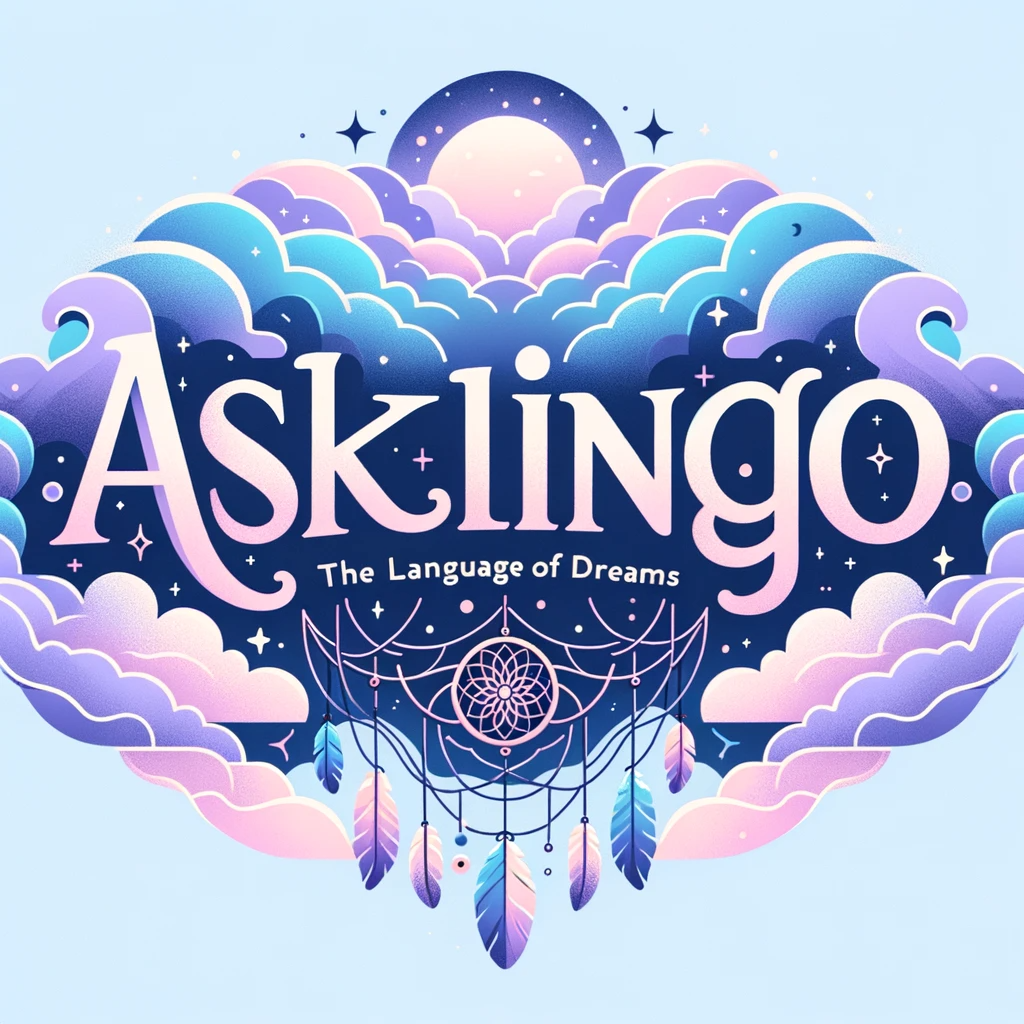Fostering Dialogue and Exchange of Perspectives
Collaborative Dreamwork for Shared Understanding is a powerful tool that promotes open dialogue and exchange of perspectives. Through dream collaboration and shared dreamwork, individuals can engage in group dreaming and collective understanding. By exploring dreams cooperatively and analyzing them collaboratively, a shared consciousness emerges, leading to a deeper and more comprehensive interpretation of dreams.
In today’s diverse and interconnected world, it is essential to embrace different perspectives and foster a culture of collaboration and inclusivity. Engaging in collaborative dreamwork practices not only enhances our understanding of dreams but also cultivates tolerance, respect, and unity within our communities. By respecting diverse viewpoints and interpretations, we can become powerful advocates for peace and shared understanding.
Key Takeaways:
- Collaborative dreamwork promotes open dialogue and exchange of perspectives.
- Group dreaming and collective understanding enhance the interpretation of dreams.
- Engaging in collaborative dreamwork cultivates tolerance, respect, and unity.
- Respecting diverse viewpoints contributes to shared understanding and peace.
- Collaborative dreamwork fosters a culture of collaboration and inclusivity.
The Importance of Diversity in Education
In today’s interconnected world, the classroom plays a crucial role in shaping young minds and preparing them for a diverse and multicultural society. The inclusion of diverse perspectives and voices in education is essential to create a learning environment that mirrors the broad variety of societal culture. By exposing students to different viewpoints, education breaks away from entrenched and one-sided narratives, fostering a culture of peace and understanding.
One significant aspect of embracing diversity in education is the inclusion of marginalized youth. In regions affected by conflict, such as northeast Nigeria, young people from diverse backgrounds have formed youth peace platforms. These platforms recognize the importance of including all voices, including those that have been historically marginalized. By actively involving marginalized youth in the educational process, we empower them to become advocates for unity and agents of positive change within their communities.
By welcoming diversity in the classroom, teachers provide students with a broader understanding of the world. Inclusive settings represent multiple religions, ethnicities, races, and nationalities, enabling students to expand their horizons and challenge their preconceived notions. Organizations like Generations For Peace work globally with teachers to foster inclusive practices, encouraging conversations and reflections among diverse students. Through these efforts, young people gain a better understanding of diverse perspectives, ultimately contributing to a more harmonious and inclusive society.

The Importance of Inclusive Practices
Inclusive practices in education go beyond classroom discussions. By extending the influence of teachers beyond the traditional classroom setting, students can engage in more diverse conversations and experiences. This allows for a holistic understanding of diversity and strengthens students’ ability to navigate a multicultural world. Inclusive practices also foster critical thinking, empathy, and respect for others, essential skills for building peaceful and cohesive societies.
“The inclusion of diverse perspectives in education creates a learning environment where students can challenge their preconceptions, develop critical thinking skills, and broaden their understanding of others.” – Dr. Samantha Johnson, Education Specialist.
- Encouraging dialogue: Classroom dialogues provide a space for students to share their perspectives, ask questions, and engage in open and respectful discussions. Facilitated conversations enable students to learn from one another and challenge their own viewpoints.
- Exploring different cultures: Incorporating diverse cultural experiences and literature into the curriculum helps students develop an appreciation for different traditions and ways of life. This exposure encourages empathy and understanding.
- Promoting collaboration: Group projects and activities that require students to work together foster collaboration and cooperation among individuals from different backgrounds. These experiences teach students the value of teamwork and the benefits of diverse perspectives.
In conclusion, embracing diversity in education is essential for nurturing a peaceful and inclusive society. By providing a broad range of perspectives, students develop critical thinking skills, empathy, and respect for others. Through inclusive practices and dialogue, we can create educational environments that celebrate diversity and empower young people to become agents of positive change in their communities.
Fostering Diverse Perspectives in the Classroom
In a learning setting, it is crucial to create an inclusive environment that welcomes diversity. This inclusive setting allows youth and students to engage with individuals from multiple religions, ethnicities, races, and nationalities, thereby broadening their understanding of the world.
By representing diverse backgrounds within the classroom, students have the opportunity to learn from and appreciate different perspectives. This exposure to a wide range of beliefs and experiences fosters empathy, tolerance, and a broader worldview. It also encourages students to challenge their own preconceived notions and develop critical thinking skills.
Welcoming diversity in the classroom not only benefits students academically but also prepares them for a multicultural society. By interacting with peers from various backgrounds, students gain valuable insights and develop the skills necessary to navigate diverse social settings. They learn to communicate effectively, collaborate with others, and respect different viewpoints.
By embracing diversity in the classroom, educators can create a rich learning environment that promotes understanding, empathy, and inclusivity. It lays the foundation for a more just and equitable society where individuals from all backgrounds can thrive.
Key Factors in Fostering Diverse Perspectives
In order to foster diverse perspectives in education, it is crucial to create safe spaces for young people to express their opinions and share their views without fear of recriminations. These safe spaces provide an environment where students feel comfortable engaging in reflective sharing and open dialogue. Experienced facilitators play a key role in eliciting a wide range of opinions and ensuring that all voices are included and heard.

Quote: “Creating a safe space for students to express their opinions is essential in promoting collaborative vision and understanding.” – Educational Facilitator
By encouraging the expression of subjective opinions, violent conflicts can be explored and discussed in a constructive manner. For example, in conflict-affected regions like Jammu and Kashmir, organizations such as Conciliation Resources have successfully brought young people from different sides together in safe spaces to reflect, share their views, and find common ground. This reflective sharing of opinions has led to the creation of collaborative visions for peace, where a representative group of youth express their opinions freely and contribute to a deeper understanding of the issues at hand.
Eliciting Subjective Opinions
One effective way to foster diverse perspectives is by utilizing facilitation techniques that encourage the elicitation of subjective opinions. These techniques can include open-ended questions, reflective exercises, and group discussions. By providing a platform for students to openly express their thoughts and beliefs, educators can create an inclusive learning environment that values and celebrates diversity.
- Open-ended questions allow for personal reflection and encourage students to think critically about their own perspectives.
- Reflective exercises provide an opportunity for students to evaluate their biases and assumptions, fostering self-awareness and empathy.
- Group discussions provide a forum for students to engage in respectful dialogue, challenging their own beliefs while also learning from others.
By incorporating these techniques into classroom practices, educators can empower students to embrace diverse perspectives and contribute to a more inclusive society.
The Role of Classroom Dialogue in Education
Classroom dialogues play a crucial role in education by providing a platform for facilitated conversation and the exchange of perspectives. These dialogues not only allow participants to share their experiences but also encourage critical thinking among students. By engaging in classroom dialogues, students can deepen their understanding of course objectives and subject matter, promoting engaged learning and analysis.
Through dialogue, students have the opportunity to reflect on their own perspectives and challenge their assumptions. This process fosters a deeper level of understanding and helps students develop their critical thinking skills. By actively participating in classroom dialogues, students become active learners, taking ownership of their education and enhancing their ability to analyze complex ideas and concepts.
Moreover, classroom dialogues promote inclusive practices by involving diverse perspectives. By learning from others with different backgrounds, experiences, and viewpoints, students broaden their horizons and gain a more comprehensive understanding of the subject matter. This inclusive approach to education breaks down barriers, encourages empathy, and cultivates a respectful and collaborative learning environment for everyone.
Examples of Classroom Dialogue Topics
When it comes to promoting engaged learning and understanding of complex and contentious issues, classroom dialogues play a key role. These dialogues can be tailored to fit specific course content and curricular goals, providing students with an opportunity to delve deeper into relevant topics. Here are a few examples of classroom dialogue topics that have proven to be effective:
Hiring and Retaining Critical Human Resources
A dialogue focused on hiring and retaining critical human resources can shed light on the challenges and opportunities faced by formerly incarcerated citizens as they reenter the workforce. By listening to their unique perspectives, students can gain a deeper understanding of the importance of inclusivity and fair hiring practices.
Sustainable Communities: Inclusion in Design
For engineering students, a dialogue centered around inclusion in the design of sustainable communities can broaden their perspectives on creating spaces that cater to diverse needs. Exploring topics such as accessibility, equitable distribution of resources, and community engagement can help students become more conscious and responsible designers.
Gender and Ambition: Breaking Stereotypes
A women’s literature course can engage participants from different age groups in a dialogue about gender and ambition. By discussing societal expectations, cultural norms, and personal experiences, students can challenge stereotypes and work towards creating a more inclusive and equitable society.
Employer-Employee Relations: Cultivating Healthy Workplaces
Dialogues on employer-employee relations can foster a better understanding of the dynamics and challenges within the workplace. By examining topics such as employee rights, communication strategies, and work-life balance, students can develop the skills needed to cultivate healthy and productive work environments.
Affirmative Action: Promoting Equal Opportunities
Conversations about affirmative action provide an opportunity for students to explore the history, rationale, and impact of policies aimed at promoting equal opportunities. By considering diverse perspectives and examining the complexities surrounding this issue, students can gain a deeper understanding of the ongoing debate and its implications.
Diversity and Difference: Embracing Inclusivity
Dialogues that revolve around diversity and difference encourage students to confront and challenge their own biases and assumptions. By discussing topics such as cultural sensitivity, intercultural communication, and social justice, students can develop the skills and mindset necessary for creating inclusive and diverse communities.







